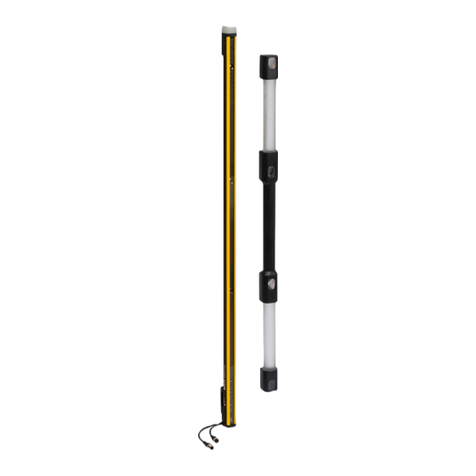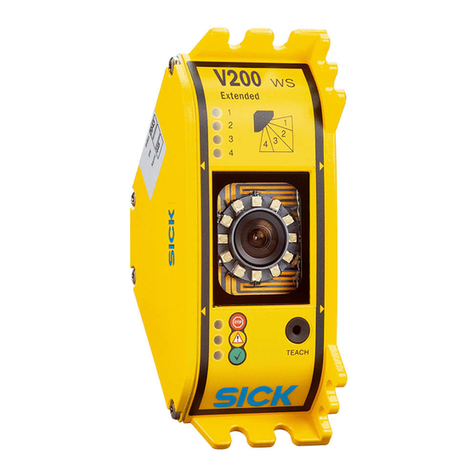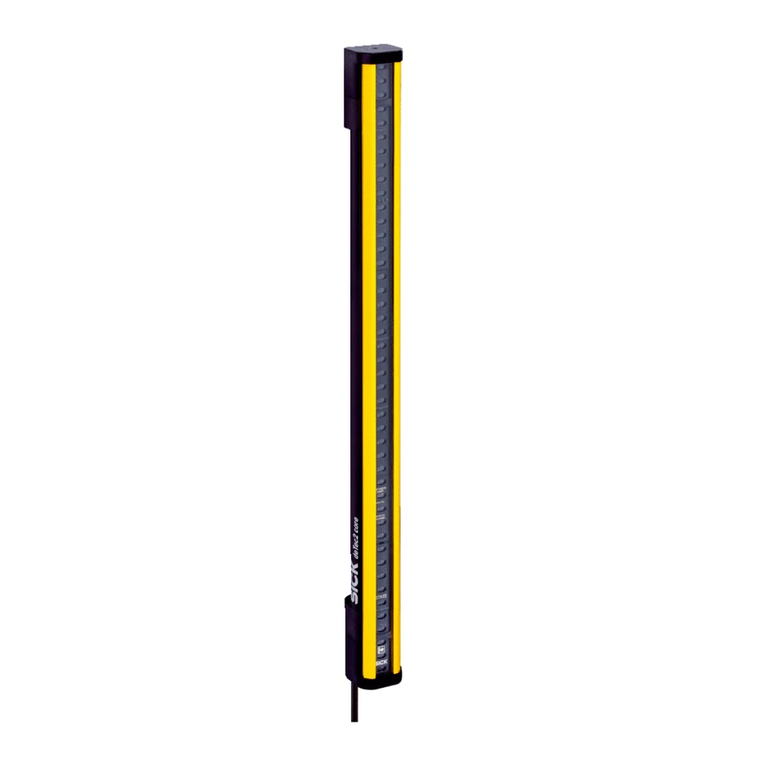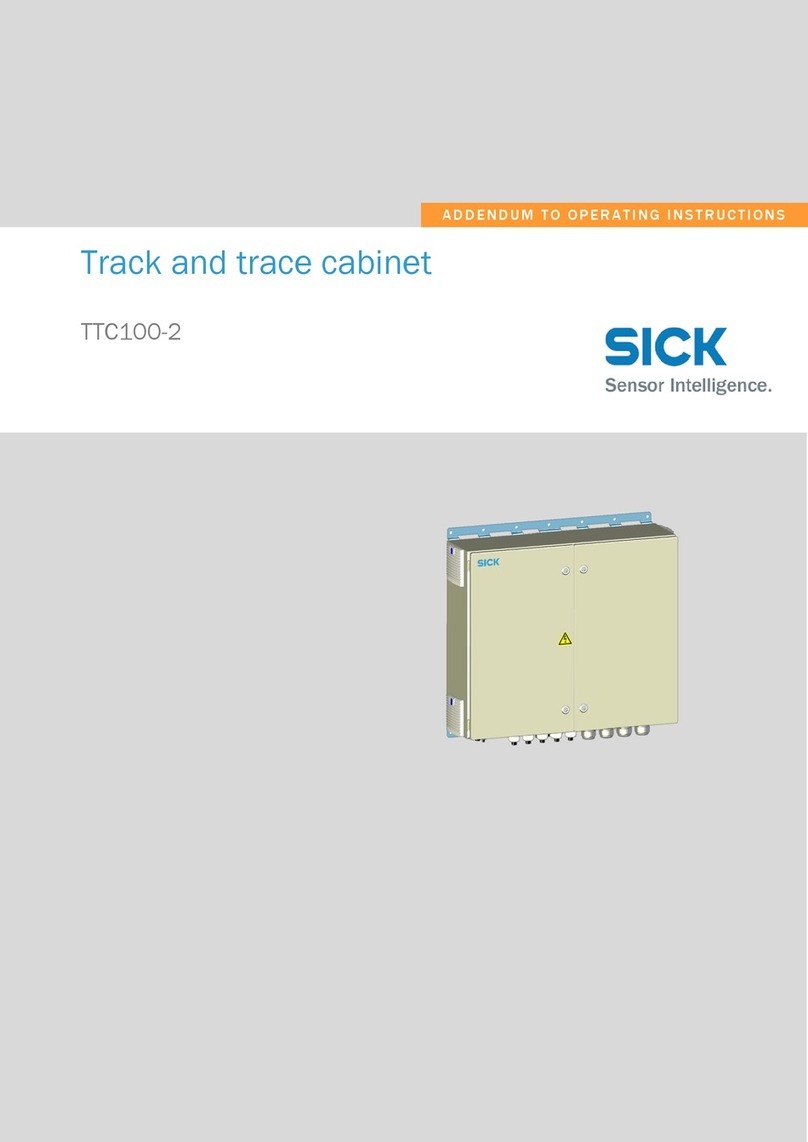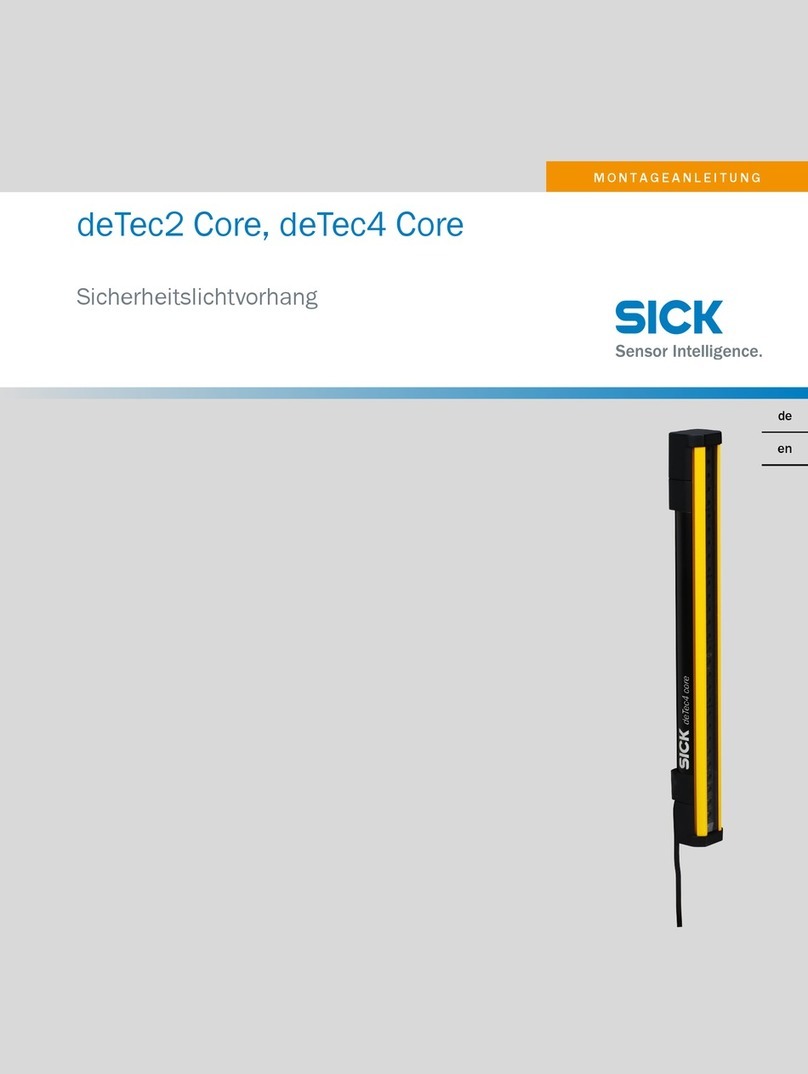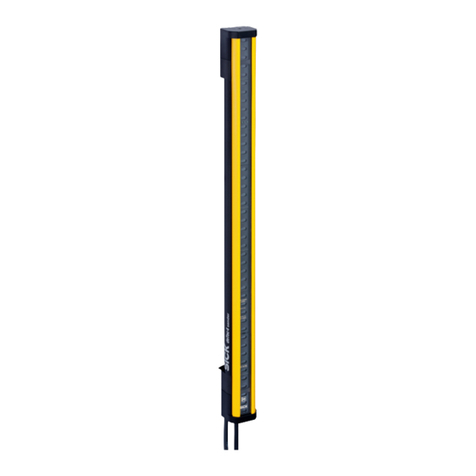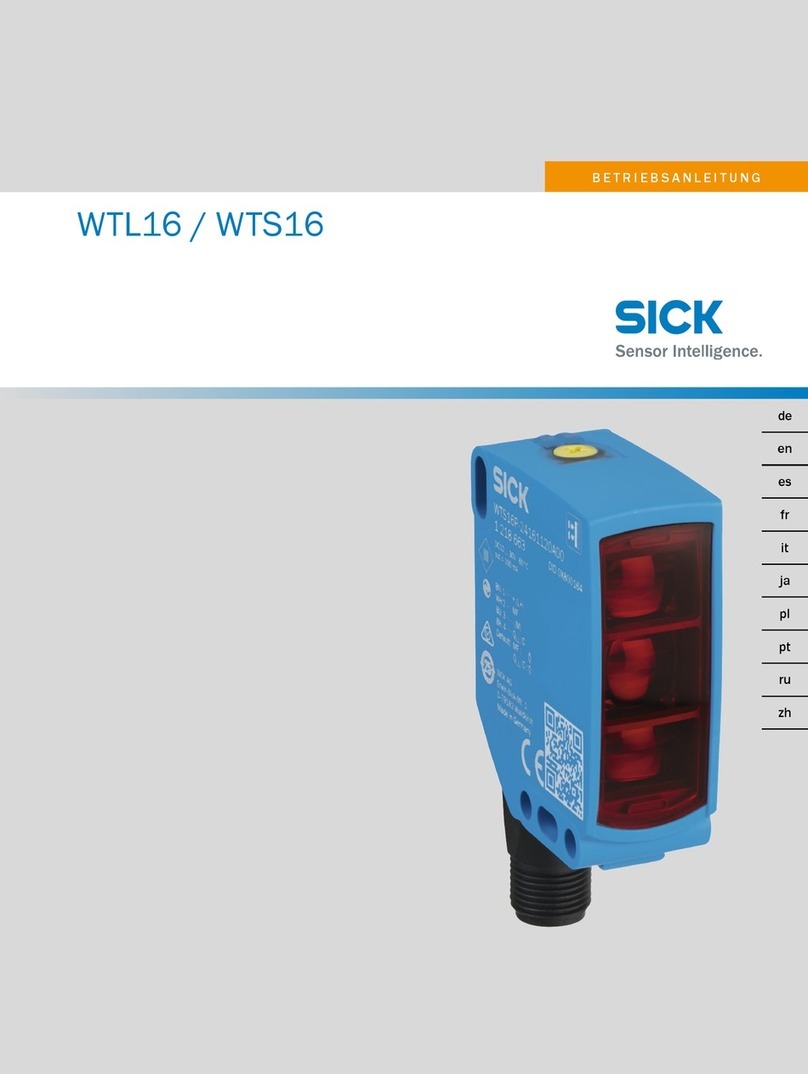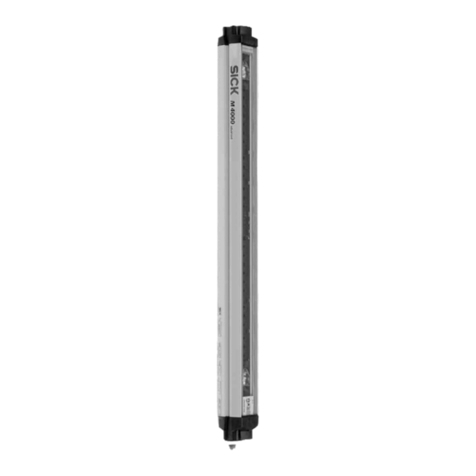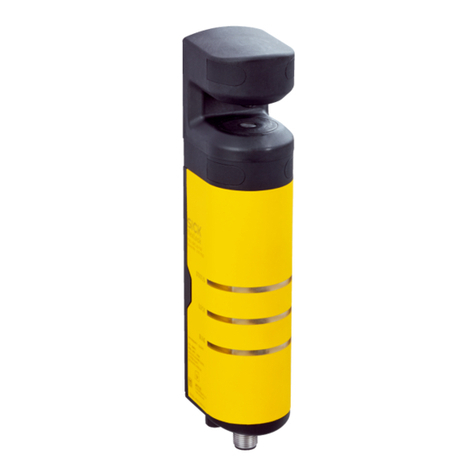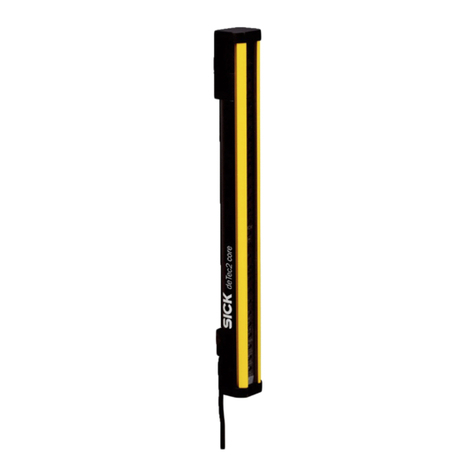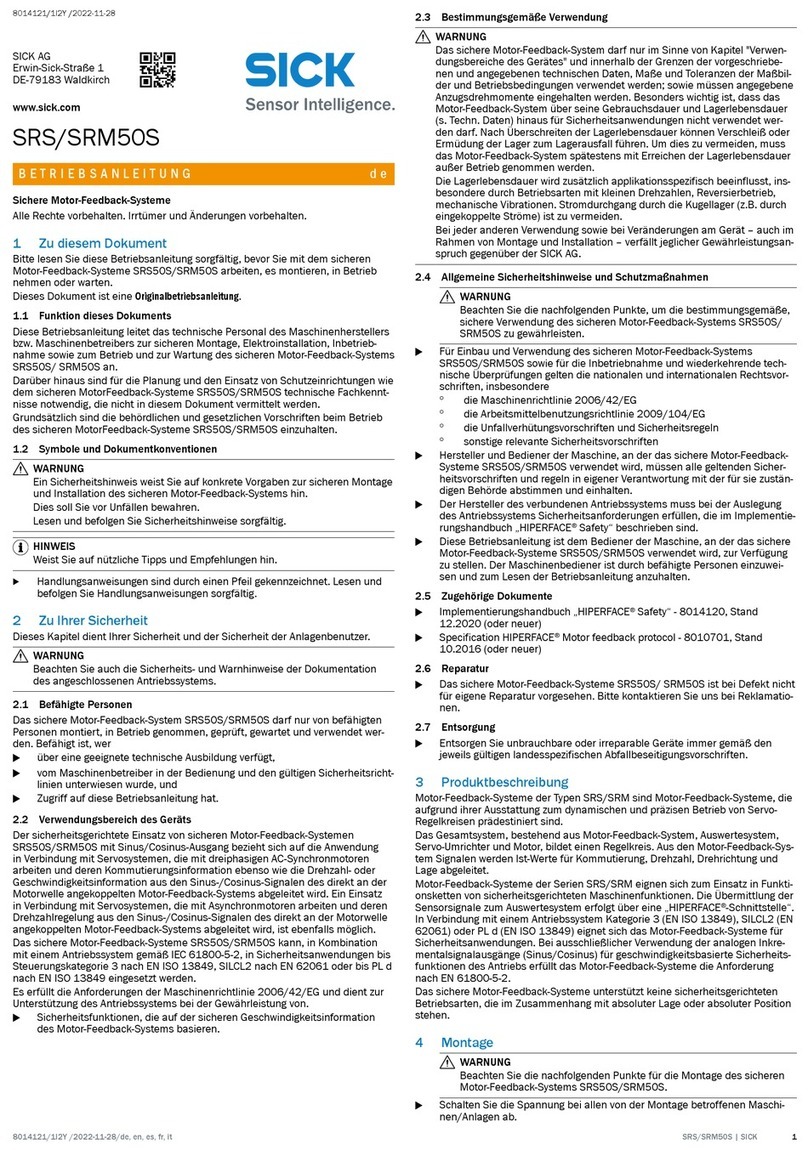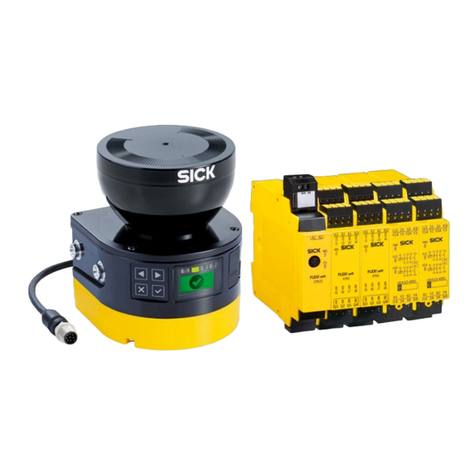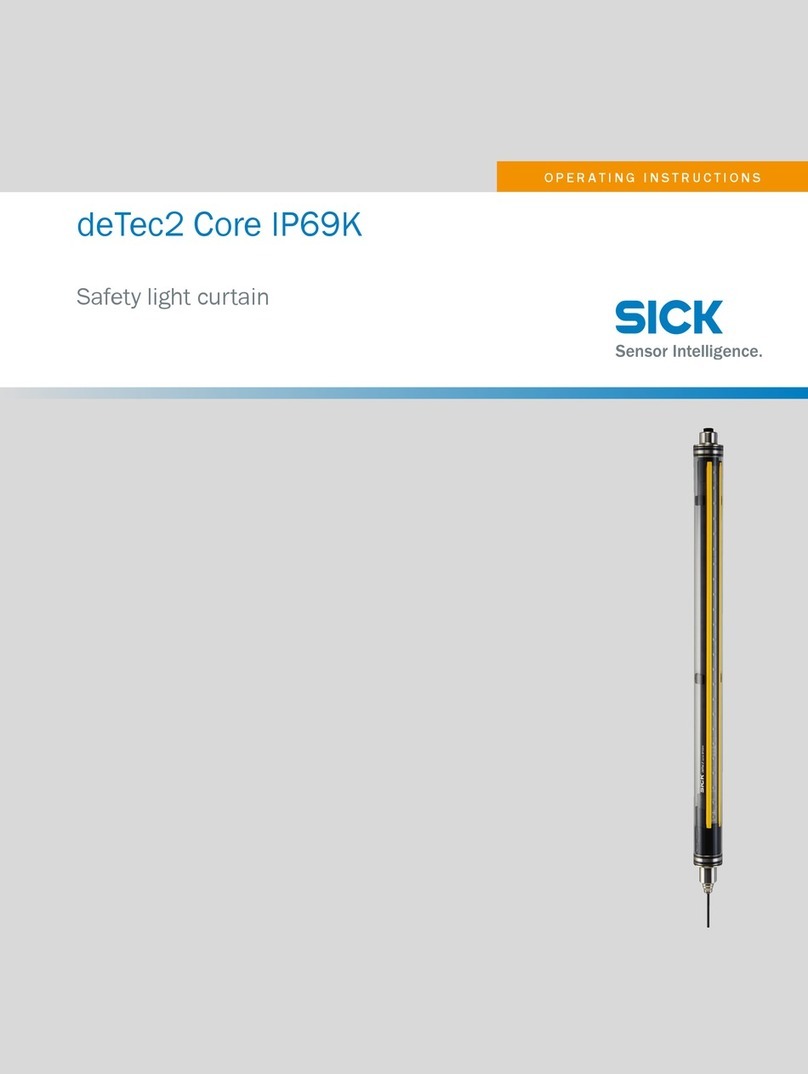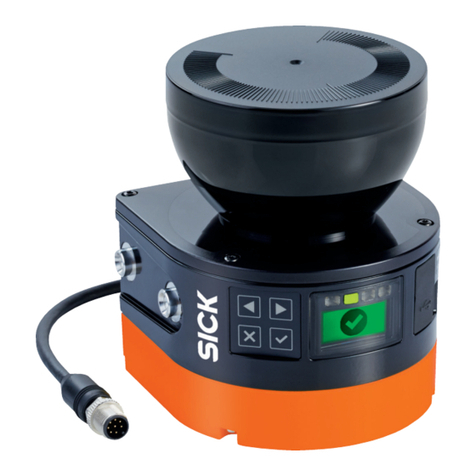
4.3.7 Requirements for the reset pushbutton and restart button. 31
4.4 Integrating the equipment into the electrical control............................. 31
4.4.1 Circuit diagram......................................................................... 31
4.5 Integration into the network..................................................................... 31
4.5.1 Interfaces................................................................................. 31
4.6 Testing plan............................................................................................... 33
5 Mounting............................................................................................. 34
5.1 For mounting the components................................................................. 34
6 Electrical installation........................................................................ 35
6.1 Electrical installation of the components................................................ 35
6.2 General requirements.............................................................................. 35
6.3 Safety controller pin assignment............................................................. 35
7 Configuration..................................................................................... 38
7.1 Requirements for software and firmware............................................... 38
7.2 Pre-configured project files...................................................................... 38
7.3 Overview of the software structure.......................................................... 39
7.4 Opening project file................................................................................... 40
7.5 Connection overview................................................................................ 41
7.6 Main module configuration...................................................................... 41
7.6.1 Verifying the logic..................................................................... 41
7.6.2 Jump addresses....................................................................... 41
7.6.2.1 Finding source and destination jump addresses
that belong together............................................... 41
7.6.3 In/out page.............................................................................. 41
7.6.4 Emergency stop page.............................................................. 42
7.6.5 Protective stop page................................................................ 42
7.6.6 SafetyRatedMonitoredSpeed page......................................... 43
7.6.7 SafeSequenceMonitoring page............................................... 43
7.6.8 Robot safety signals page....................................................... 44
7.6.9 Non-secure robot signals page............................................... 45
7.7 Configuring the safety laser scanner....................................................... 45
7.7.1 Resolution of the safety laser scanner................................... 45
7.7.2 Field sets and cut-off paths.................................................... 45
7.7.3 Configuring the safety system without protective field PF3.. 46
7.8 Transfer configuration.............................................................................. 46
8 Commissioning.................................................................................. 47
8.1 Safety......................................................................................................... 47
8.2 Overview of commissioning..................................................................... 47
8.3 Putting the robot controller into operation.............................................. 48
8.3.1 Configuring the IP address of the robot controller on the
smartPAD................................................................................. 48
8.3.2 Configuring the non-safe signals on the smartPAD............... 49
8.3.3 Preparing the project in KUKA.WorkVisual............................. 50
CONTENTS
4O P E R A T I N G I N S T R U C T I O N S | sBot Speed CIP – KU 8024758/2020-02-20 | SICK
Subject to change without notice

